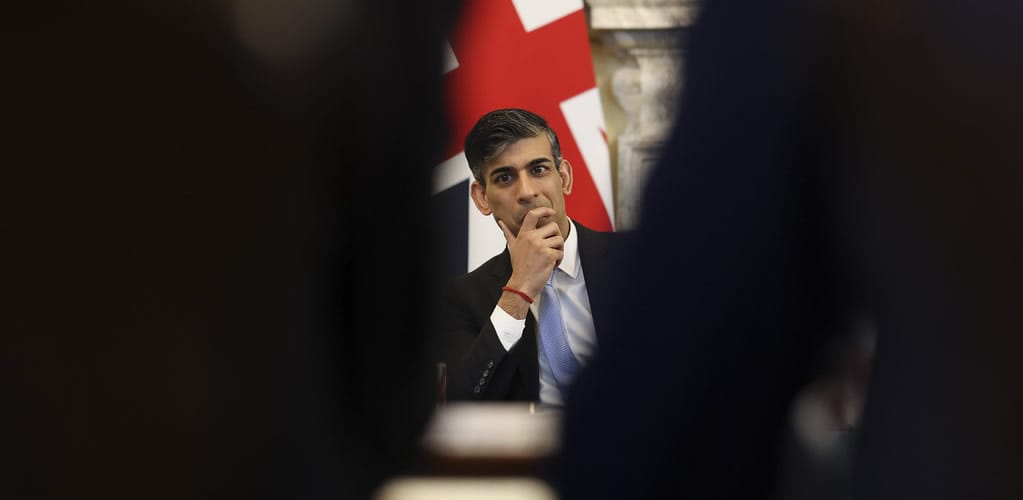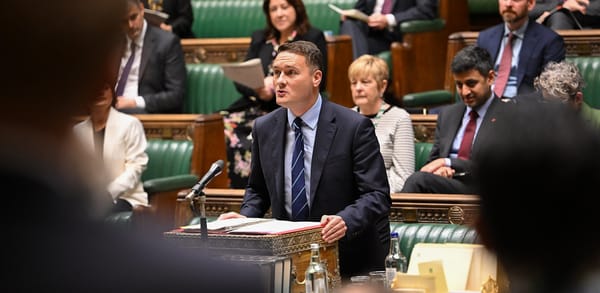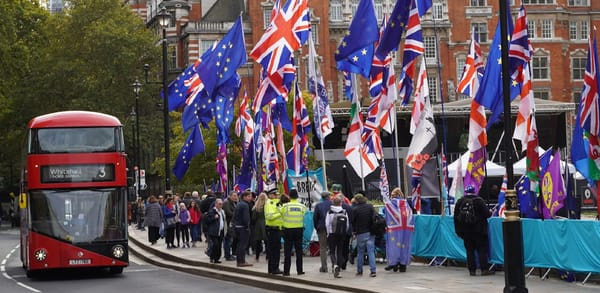Rishi Sunak claims the UK is heading for a hung parliament — let’s check his maths
In recent local elections, the Conservative Party lost 478 councillors, suggesting a hung parliament may loom, despite Labour’s strong performance and a 10% swing in their favour.

B y common consent, the local elections on May 2 were a disaster for the Conservatives. The party lost a total of 478 councillors in the 107 councils up for election.
Labour did well by winning 186 councillors, as did the Liberal Democrats and Greens, winning 104 and 74 respectively. The Reform party captured 11 seats and independents a total of 93 seats. With significant losses in the mayoral elections and in elections for police and crime commissioners, it was a very bad day for the Tories.
Yet, Rishi Sunak has claimed the results suggest a hung parliament is the most likely outcome at the next general – a surprising assertion given that every opinion poll suggests era-defining defeat for his party. In making this calculation, he has perhaps leaned on estimates of the national vote shares taken by each party in the local elections.
According to Sky News, Labour’s share of the national vote was 35%. The Tories took 26% and the Liberal Democrats 16%. This is indeed very different to voting intention polls, which have put Labour’s lead over the Conservatives at about 20 points for some time.
The local elections saw a swing of 10% to Labour and, true enough, if this were replicated at the national level, it would very likely produce a hung parliament. However, winning a general election in Britain means capturing a majority of seats in the House of Commons, not a majority of votes in the country.
On two occasions since the second world war, the party winning the most votes did not win the most seats. This happened in 1951, when Labour lost, and again in February 1974, when the same thing happened to the Conservatives.
To be fair, there are important differences between the two types of election with respect to turnouts, the geography of the vote, the presence of independent candidates and also media attention. However, they are a useful guide to general elections, particularly given that the polls are telling a different story from actual voting behaviour.
Forecasting the general election
If we focus on council seats, this will give a more accurate picture of what is likely to happen in terms of parliamentary seats in the forthcoming general election. Local elections in the year prior to a general election provide a useful guide to the number of seats parties are likely to win in that election.
In 2021, when these council seats were last contested, the Conservatives won or held on to 7,562, or 39% of all council seats. In contrast, Labour won or held 5,849 seats, or 30% of the total. The Liberal Democrats won 2,487 seats, or just under 13%.
These elections took place when Boris Johnson’s government was on a high, and well before the revelations about illegal parties in Downing Street during pandemic lockdowns became public.

— Is Labour celebrating a little too hard after its local election successes?
The relationship between the percentage of House of Commons seats and local council seats won by Labour in all general elections since 1974 shows a fairly strong positive correlation between the two (0.52). When Labour does well in the local elections, it subsequently does well in the general election and vice versa.
For example, in 2019 Labour held 32% of the council seats after the local elections, and it subsequently won the same percentage of parliamentary seats in the December general election.
— Labour’s Westminster seats won and council seats held —

— Local and general election results, 1974 to 2019.
We can forecast the election ahead by looking at local elections in the same year as the general election and by incorporating council seat shares for all the parties and independents into the modelling. This causes technical problems since it becomes hard to separate out the impact of each party in the analysis.
However, these issues can be overcome by using a technique popular in programming large language models such as Chat-GTP, known as lasso regression.
This model forecasts that Labour will win 335 seats, the Conservatives 234, and the Liberal Democrats 38 in the general election. If this happens, Labour will have an overall majority of 10 seats. This is not a hung parliament, but it is close. The relatively small margin of victory occurs because the party lost the 2019 general election by such a large margin that it has a lot of catching up to do.
These results have important implications for both pollsters and for Labour, particularly since the modelling does not take into account what might happen during the forthcoming election campaign. In the case of pollsters, if this forecast is correct, what is making current polling inaccurate?
In the case of Labour, the failures of the Conservative government have handed the party a golden opportunity to regain power after 14 years in opposition. But it is worth remembering that the Remain campaign lost the Brexit referendum in large part because it lacked an inspirational message.
Labour leader Keir Starmer and shadow chancellor Rachael Reeves have succeeded in reassuring financial markets that the arrival of a Labour government is not a threat. It is now time for them to reassure the voters that things will change for the better if Labour wins.

Sources:
▪ This piece was originally published in The Conversation and re-published in PUBLIC SQUARE UK on 7 May 2024. | The author writes in a personal capacity.
▪ Cover: Flickr/Number 10. (Licensed under a Creative Commons Attribution-ShareAlike 4.0 International License.)







[Read our Comments Guidelines]